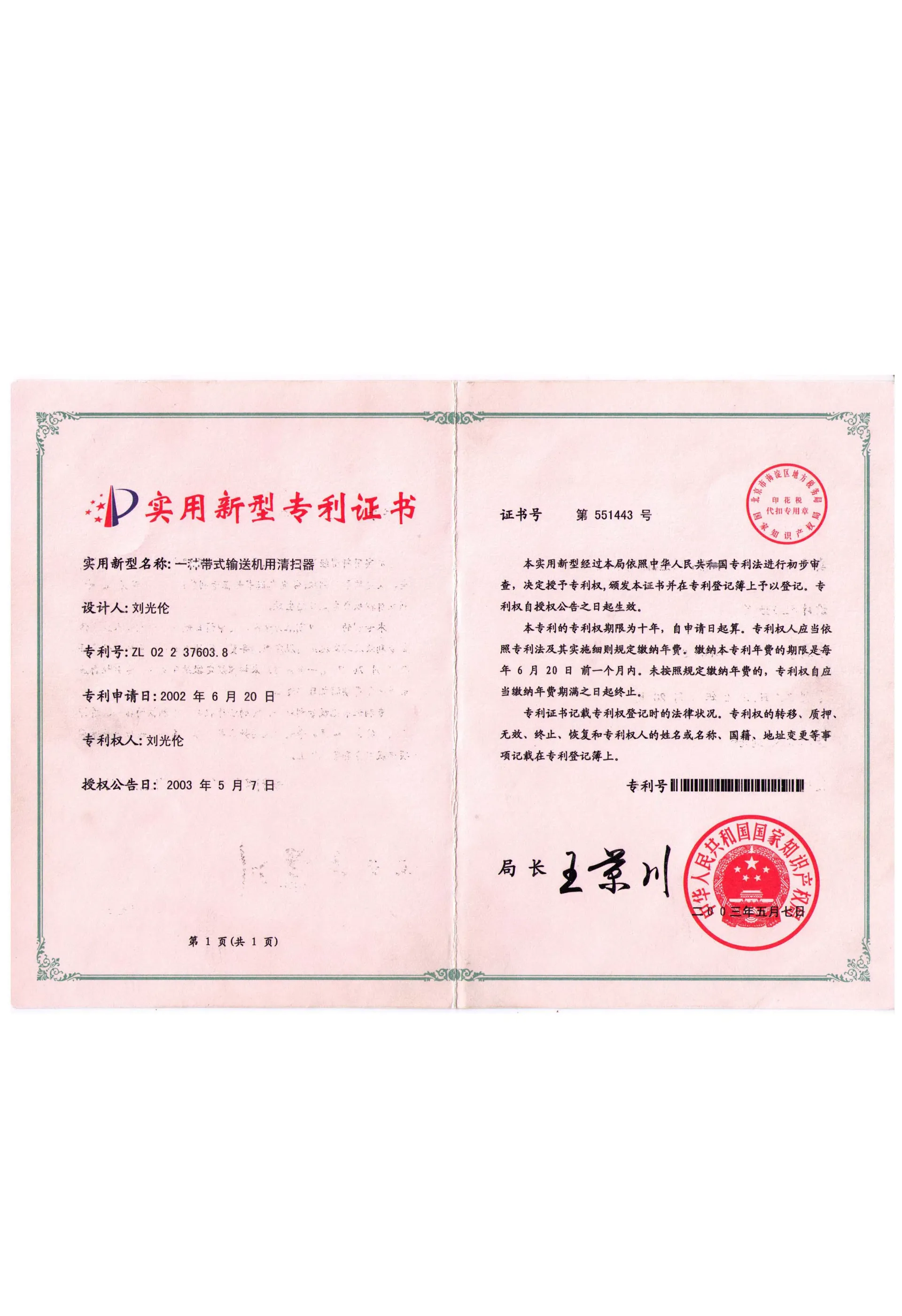 Afrikaans
Afrikaans  Albanian
Albanian  Amharic
Amharic  Arabic
Arabic  Armenian
Armenian  Azerbaijani
Azerbaijani  Basque
Basque  Belarusian
Belarusian  Bengali
Bengali  Bosnian
Bosnian  Bulgarian
Bulgarian  Catalan
Catalan  Cebuano
Cebuano  Corsican
Corsican  Croatian
Croatian  Czech
Czech  Danish
Danish  Dutch
Dutch  English
English  Esperanto
Esperanto  Estonian
Estonian  Finnish
Finnish  French
French  Frisian
Frisian  Galician
Galician  Georgian
Georgian  German
German  Greek
Greek  Gujarati
Gujarati  Haitian Creole
Haitian Creole  hausa
hausa  hawaiian
hawaiian  Hebrew
Hebrew  Hindi
Hindi  Miao
Miao  Hungarian
Hungarian  Icelandic
Icelandic  igbo
igbo  Indonesian
Indonesian  irish
irish  Italian
Italian  Japanese
Japanese  Javanese
Javanese  Kannada
Kannada  kazakh
kazakh  Khmer
Khmer  Rwandese
Rwandese  Korean
Korean  Kurdish
Kurdish  Kyrgyz
Kyrgyz  Lao
Lao  Latin
Latin  Latvian
Latvian  Lithuanian
Lithuanian  Luxembourgish
Luxembourgish  Macedonian
Macedonian  Malgashi
Malgashi  Malay
Malay  Malayalam
Malayalam  Maltese
Maltese  Maori
Maori  Marathi
Marathi  Mongolian
Mongolian  Myanmar
Myanmar  Nepali
Nepali  Norwegian
Norwegian  Norwegian
Norwegian  Occitan
Occitan  Pashto
Pashto  Persian
Persian  Polish
Polish  Portuguese
Portuguese  Punjabi
Punjabi  Romanian
Romanian  Russian
Russian  Samoan
Samoan  Scottish Gaelic
Scottish Gaelic  Serbian
Serbian  Sesotho
Sesotho  Shona
Shona  Sindhi
Sindhi  Sinhala
Sinhala  Slovak
Slovak  Slovenian
Slovenian  Somali
Somali  Spanish
Spanish  Sundanese
Sundanese  Swahili
Swahili  Swedish
Swedish  Tagalog
Tagalog  Tajik
Tajik  Tamil
Tamil  Tatar
Tatar  Telugu
Telugu  Thai
Thai  Turkish
Turkish  Turkmen
Turkmen  Ukrainian
Ukrainian  Urdu
Urdu  Uighur
Uighur  Uzbek
Uzbek  Vietnamese
Vietnamese  Welsh
Welsh  Bantu
Bantu  Yiddish
Yiddish  Yoruba
Yoruba  Zulu
Zulu Designing an Efficient Flat Return Idler for Enhanced Conveyor Performance
Understanding Flat Return Idler A Key Component in Conveyor Systems
In the world of industrial manufacturing and material handling, the efficiency of conveyor systems is paramount. One critical component that contributes to this efficiency is the flat return idler. These idlers play a vital role in the movement and support of conveyor belts, ensuring smooth operation and minimizing wear and tear on both the belt and associated machinery.
The primary purpose of flat return idlers is to provide a support mechanism for the return side of conveyor belts. This is where the belt returns to the start of the conveyor after transferring its load. Unlike other idlers that may have a crowned design to aid in tracking, flat return idlers maintain a level surface. This flat design is crucial as it helps prevent the belt from wandering off-course, thereby increasing the lifespan of the entire conveyor system.
Constructed from durable materials, flat return idlers are designed to withstand the rigors of heavy loads and constant use. They are typically made from steel or other robust materials that can resist corrosion and damage. In environments where abrasive materials are handled, these idlers can be coated or treated to enhance their durability. The choice of material and construction is essential, as it directly affects the idler's performance, longevity, and maintenance needs.
flat return idler

Another significant aspect of flat return idlers is their role in reducing friction. By providing a smooth surface for the conveyor belt to glide over, they help minimize energy consumption, which is critical for maintaining operational efficiency. Less friction translates into lower power requirements for the drive system, ultimately reducing energy costs for businesses.
Moreover, flat return idlers are designed to accommodate various conveyor belt sizes and configurations, making them versatile components in a variety of applications. Whether in mining, agriculture, manufacturing, or recycling, these idlers can be tailored to meet specific operational needs, enhancing the overall productivity of conveyor systems.
Regular maintenance of flat return idlers is essential to ensure their optimal performance. This includes inspecting for wear and tear, ensuring proper alignment, and cleaning to remove debris that could cause inefficiencies. By adhering to a preventative maintenance schedule, companies can avoid unexpected downtime and costly repairs.
In conclusion, flat return idlers are indispensable components in conveyor systems, providing essential support, reducing friction, and enhancing overall efficiency. Their robust design and versatility make them suitable for numerous industrial applications, ensuring that material handling processes run smoothly and effectively. Understanding and maintaining these components is vital for any operation relying on conveyor technology.
-
Revolutionizing Conveyor Reliability with Advanced Rubber Lagging PulleysNewsJul.22,2025
-
Powering Precision and Durability with Expert Manufacturers of Conveyor ComponentsNewsJul.22,2025
-
Optimizing Conveyor Systems with Advanced Conveyor AccessoriesNewsJul.22,2025
-
Maximize Conveyor Efficiency with Quality Conveyor Idler PulleysNewsJul.22,2025
-
Future-Proof Your Conveyor System with High-Performance Polyurethane RollerNewsJul.22,2025
-
Driving Efficiency Forward with Quality Idlers and RollersNewsJul.22,2025





























